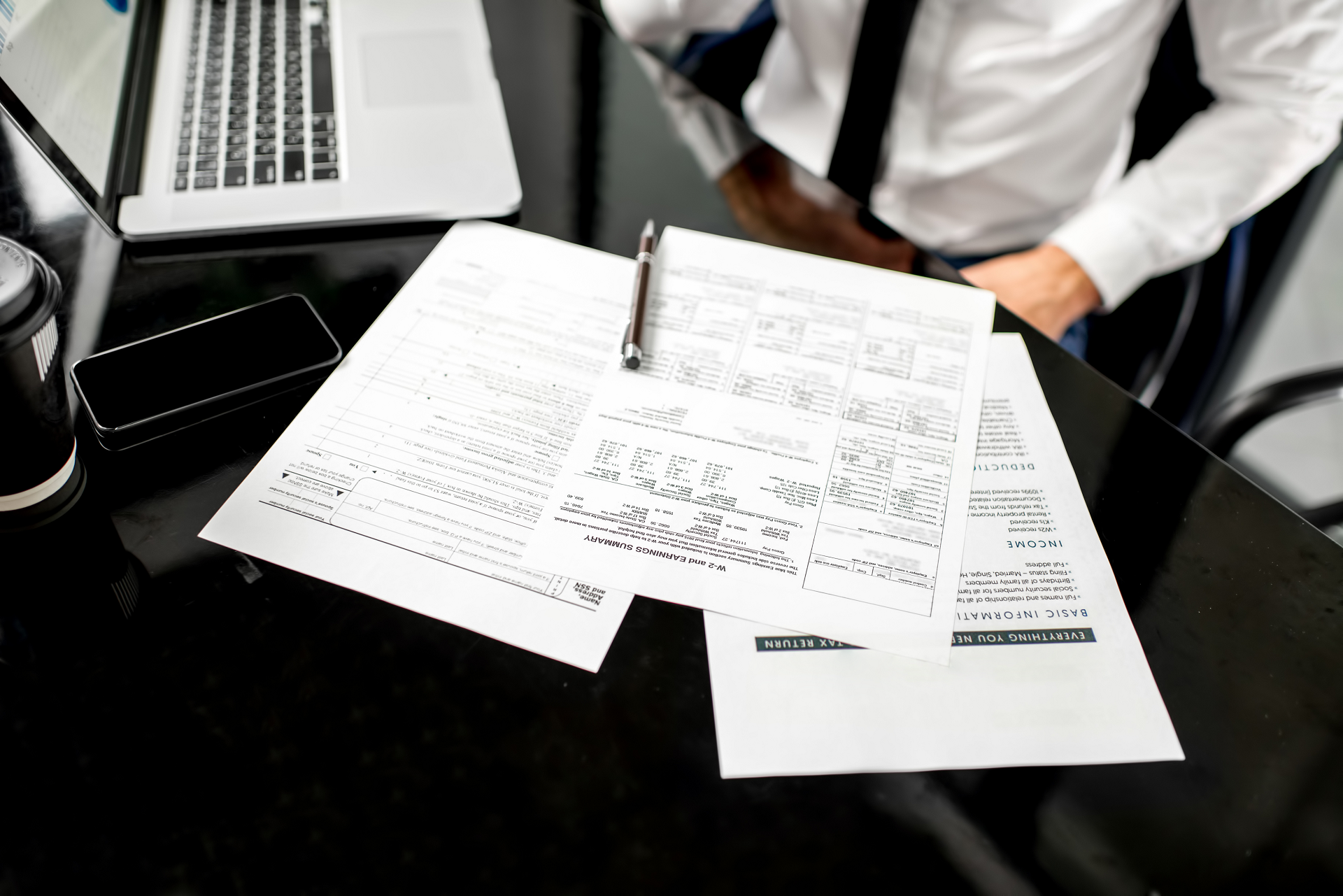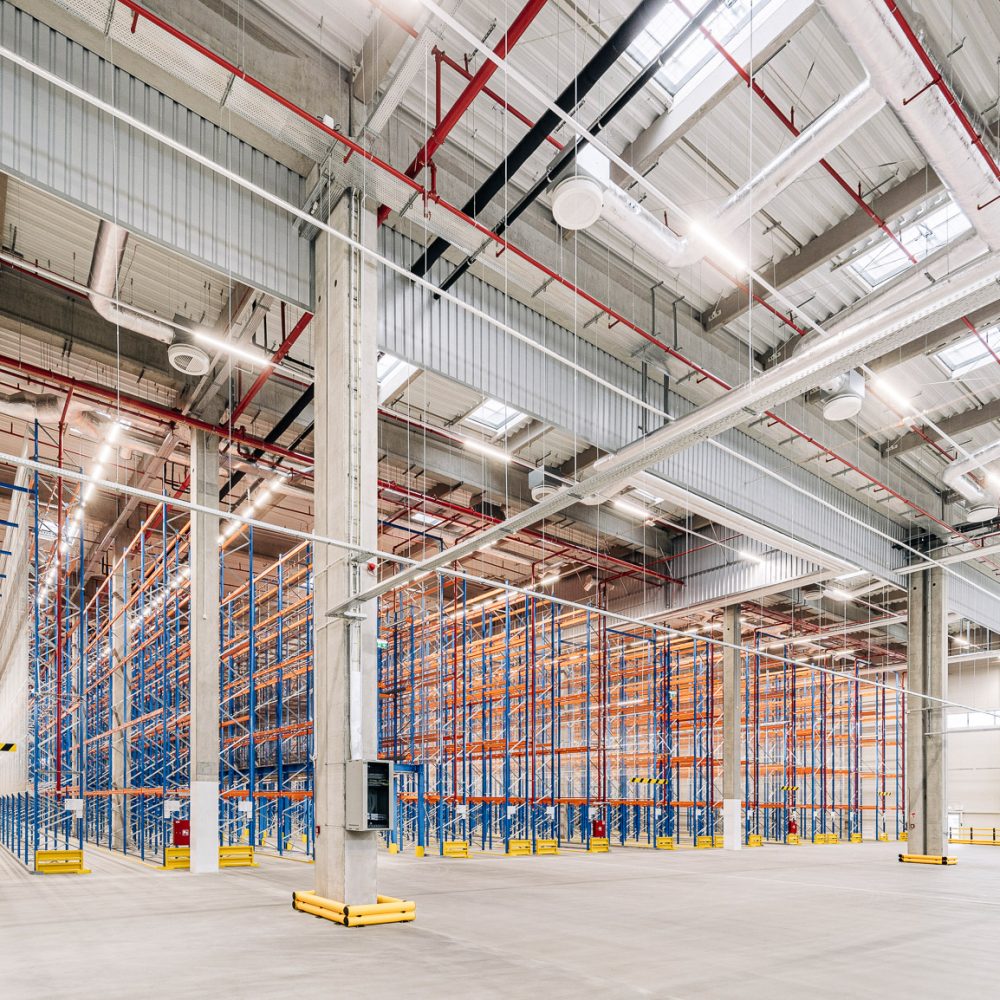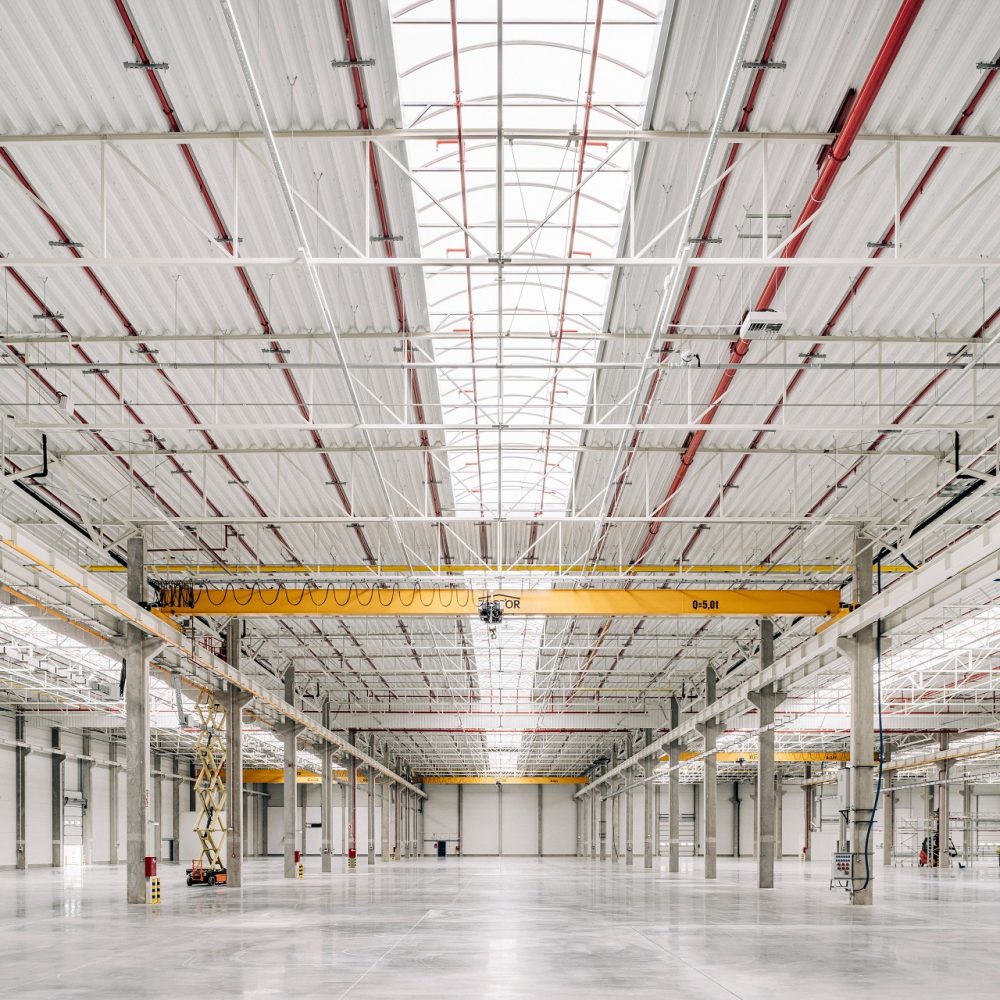
Before building a production hall, it is necessary not only to find a contractor, but also to ensure that all the necessary documents and permits are completed. What documents are involved? What needs to be prepared or requested before the construction phase of the works begins?
The completion of industrial halls, including production halls, is a multi-stage, lengthy and complex process. You can either oversee it yourself, outsourcing various stages to different companies, or you can rely on a one-stop contractor to take care of the entire project. The latter solution is becoming increasingly popular with investors as it shortens the time from the start of work to the commissioning of the building, streamlines the communication and allows you to focus on your existing business. Sometimes, investors who have decided to control and commission the various stages of construction themselves already at the beginning, while collecting the necessary documentation and obtaining permits, decide to hand over the activities to the general contractor. Why? Due to the large amount of paperwork.
Development conditions or zoning plan
Before starting to build a hall, or even at the design stage, make sure that the project site is covered by the local zoning plan that defines the conditions to build the facility together with the associated infrastructure. Zoning extracts must be requested from the town planning department of the town or municipal authority responsible for the location of the site. If the investor’s plots are not covered by the above-mentioned local plan, an application must be submitted, together with the development plan and the site concept, to the town or municipal planning or zoning department, for a zoning decision to be issued. The application should contain, among other things, information on the function of the hall, its area, height and technical infrastructure.
Formal and legal documents
If the zoning plan/building conditions do not exclude the type of project in question, the existing technical infrastructure must be analysed and, if there are no external systems, an application must be made to the operator of the respective network to determine the possibility of connection. Once the connection has been approved in the course of the design work, you can apply for connection conditions.
At the same time, the exit to the project site from the existing road needs to be analysed. If no such exit exists, the location of the exit needs to be agreed with the road administrator. With a positive opinion on the proposal, you will receive the conditions/requirements for the proposed road infrastructure and you can then begin the design work.
If your planned project requires an environmental decision or a water quality impact assessment, the following should be prepared respectively: a project information sheet for obtaining an environmental decision and a water quality impact assessment.
The water quality impact assessment and the decision for the environmental conditions are obtained in the form of an administrative decision which is already required at the stage of submitting the construction project for the building permit decision.
If there is tall and medium greenery on the project site that collides with the designed elements of the development then permission must be obtained to cut it down.
The application, together with a tree and vegetation survey, should be submitted to the municipality, which, when granting the permission, will impose the obligation of planting replacement greenery.
It should be stressed that not every trees and shrubs require a felling permit. This requirement depends on the age of the tree and its species. A permit for the felling of greenery must also be included in the building permit design.
Building permit design for a production/storage hall
Construction of a hall is always done based on a design. To create it, the contractor discusses with the investor the requirements regarding the dimensions, function of the building, nature of processes, number of employees. At the same time, both parties jointly analyse the formal and legal conditions of the site on which the project is to be built.
At the beginning of the design work, a geologist should be commissioned to carry out the soil survey so that the constructor can prepare a geotechnical opinion to place the building in the appropriate geotechnical category. This category is determined by the complexity of the proposed building and the type of soil. Presence of heterogeneous soil with low bearing capacity, unfavourable geological phenomena, high groundwater level increase the chances of the site being placed in geotechnical category II or III, and therefore the need for geological-engineering documentation. The higher the geotechnical category, the more complex the design of the structure and the more costly the construction of the project (soil replacement, reinforced construction, etc.).
The architect prepares one or more versions of an architectural concept. Once the concept is accepted by the customer, a comprehensive, multi-discipline design documentation is created, including the steel hall building permit design, a detailed project budget and a work schedule with a division into preparatory proceedings and execution of the construction work.
Working on a project involves the collaboration between the architect and the individual discipline designers (structural, sanitary/plumbing, electrical, etc.). The industrial function of the facility forces the architectural designer to also obtain a technology design. The technology design defines the processes in the industrial hall which affect the architectural arrangement of the facility’s interior and the necessary internal utilities.
During the design work, the design should be agreed with a hygiene, sanitary and fire protection expert, and ultimately also receive an opinion on from the aforementioned specialists.
Hall building permit
The next step that precedes the construction of the hall is obtaining the building permit. In order to obtain the permit, the application must be accompanied by an architectural and building permit design, site development plan, decision on land development conditions or an extract from the local zoning plan, a map for design purposes, technical conditions for connections o futilities (electricity, water, sewage), an extract from the land and building register, consent of the road administrator for an exit from a public road and additional formal and legal documents, depending on the nature of a given project, i.e. permit required by the water legislation, decision on environmental conditions, consent for cutting greenery, etc.
Once the application has been submitted with all the documents, a decision must be awaited. The authorities, according to the Code of Administrative Procedure, have a maximum of 65 days to do so.
If there are parties in the administrative proceedings, the building permit decision becomes final 14 days after it has been served. The aforementioned 14-day period is the time when a party to the proceedings can object to our project in question. If there are no parties in the proceedings, the administrative decision becomes final upon receipt of the building permit decision.
Technical designs for a production hall/warehouse
According to the updated new Building Law, detailed installation discipline designs are not included in the scope of the building permit design. As far as the building permit is concerned, it is required to verify the possibility of connection to the respective grid operator, to indicate the route of external systems on the plan, a general description of the technical infrastructure in question. It is only the technical designs that include the detailed, necessary information on the systems concerned.
Once the building permit is obtained/pending, the individual discipline designers can proceed with the technical design and the architect with the detailed design.
Supervision and coordination of the complex, multi-discipline design work from the concept stage through to the technical/detailed design stage is carried out by an architect.
Start of construction
Once the building permit decision has become final, the District Building Supervision Authority is notified of the commencement of construction work, to whom a copy of the building permit and the construction log is provided in order to be stamped by the Authority.
Construction work begins with preparing the site and having a surveyor mark out the buildings on the ground.
In the course of the construction work, the architect performs author’s supervision on the construction site and thus ensures that the works be carried out are in accordance with the design and construction art.
Conclusions
Commercecon’s offering ‘Design and build’, i.e. the offer of a comprehensive, multi-discipline design and contracting service, is far more desirable in the property market than an independent design and construction service.
The ‘design and build’ offer is the answer to the current needs of investors who expect reliability and professional approach from designers and contractors in the architectural and construction sector.
Therefore, looking at the amount of paperwork and necessary documents, it is worth considering having the work done by one general contractor, just to make sure that this stage does not cause the whole project to be postponed. This avoids unnecessary disruptions and communication problems that often accompany coordination with several companies.



